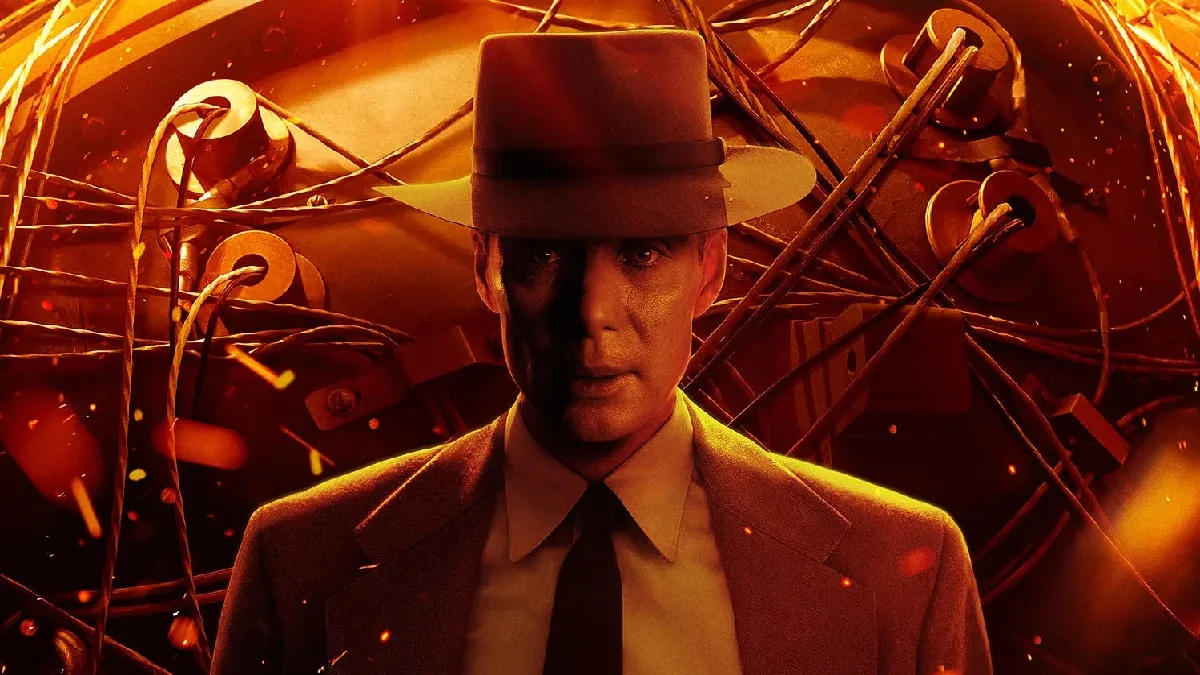Christopher Nolan’s Oppenheimer is shaping up to be a very different experience from his previous blockbusters. Not only will it return the director to his R-rated roots, but it also may provide a subjective experience unparalleled by other major releases. How can Nolan guarantee that? He started by writing the script in first-person, from J. Robert Oppenheimer’s point of view.
In an interview with Variety, Nolan discussed writing the script through Oppenheimer’s eyes, which he’s “never done before.” Nolan continued:
“I don’t know if anyone’s ever done it before. But the point of it is, with the colour sequences, which is the bulk of the film, everything is told from Oppenheimer’s point of view — you’re literally kind of looking through his eyes.”
Nolan explained that even the character descriptions, setting details, and stage directions were all written as Oppenheimer would have experienced them.
The director called it an “[o]dd thing to do,” but explained it as a crucial part of telling the story:
“[I]t was a reminder to me of how to shoot the film. It was a reminder to everybody involved in the project, ‘Okay, this is the point of view of every scene.’ I wanted to really go through this story with Oppenheimer; I didn’t want to sit by him and judge him. That seemed a pointless exercise. That’s more the stuff of documentary, or political theory, or history of science. This is a story that you experience with him — you don’t judge him. You are faced with these irreconcilable ethical dilemmas with him.”
Nolan offered an astute observation, saying, “One of the things that cinema has struggled with historically is the representation of intelligence or genius. It very often fails to engage people.” Thus, writing the script in first-person helped Nolan “get in somebody’s head and see how they were visualizing this radical reinvention of physics.”
Nolan also discussed how he worked with his visual effects supervisor and likely Oscar-nominee, Andrew Jackson, to build the narrative with Oppenheimer as the audience proxy, saying that the audience has to “see the world the way he sees it.” He explained:
“[W]e’ve gotta see the atoms moving. We’ve gotta see the way he’s imagining waves of energy, the quantum world. And then we have to see how that translates into the Trinity test. And we have to feel the danger, the threat of all this somehow. My challenge to [the visual effects supervisor] was, ‘Let’s do all these things, but without any computer graphics.'”
All this is making Oppenheimer sound like one of the most ambitious films ever made — backed by the invention of IMAX film stock for the black-and-white sequences, as well as the sheer size of the stock that runs 11 miles long and weighs 600 pounds for each copy of the movie.
It’s nice to know that while everyone else is using digital cameras to shoot actors in front of green screens, Nolan is painstakingly preserving the filmic process while also breaking down new barriers in cinema. We can only hope he doesn’t fall completely into the headspace of his protagonist and do something so cutting-edge that it changes the world for the worse. Though thinking back to all of those terrible Health Ledger Joker impressions circa 2008, maybe he already did.











Published: Jun 5, 2023 07:04 pm